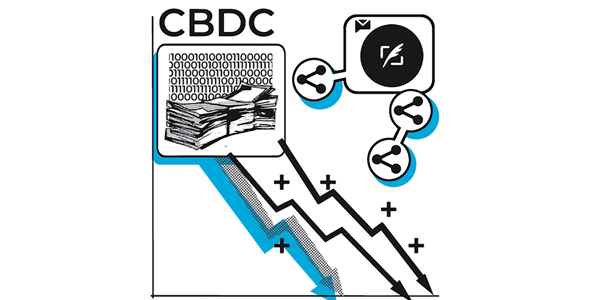The BIS anual economic report: Tokenisation of money and assets, a blueprint for the future monetary system
The BIS report: Tokenisation of money and assets, discusses the potential of distributed ledger technology (DLT) to improve the efficiency of monetary policy and the payment system.

The annual Bank for International Settlements (BIS) report for 2023, is focused toward the tokenisation of the markets and ideas of unified global ledger that can serve as a global settlement level.
Acording to the report, tokenisation of money and assets has the potential to revolutionise the monetary and financial system by providing new ways for intermediaries to interact with end users, creating a single venue where money and other tokenised objects can be integrated seamlessly. Central bank digital currency (CBDC) and tokenised money can provide the foundation of trust, while unified ledgers can capture the full benefits of tokenisation by combining central bank money, tokenised deposits and tokenised assets on a programmable platform. The unified ledger concept can be broad or narrow, with the first instances likely to be application-specific in scope. Further, a unified ledger could be considered a ‘common venue’ where money and other tokenised objects come together to enable seamless integration of transactions.
Report further argues that, this tokenised environment could enable the conditional performance of actions, unlock arrangements with clear economic rationale, and support new types of economic activity. In order to achieve this, existing systems need to be modified and new financial infrastructure must be developed. The development of a wholesale CBDC is core to the functioning of a tokenised environment, while a retail CBDC is necessary for households and firms to make everyday transactions. The history of computing and software has shown that incremental fixes have their limits, and a fundamental rethink of the financial infrastructure is needed to capitalise on the potential of tokenisation.


